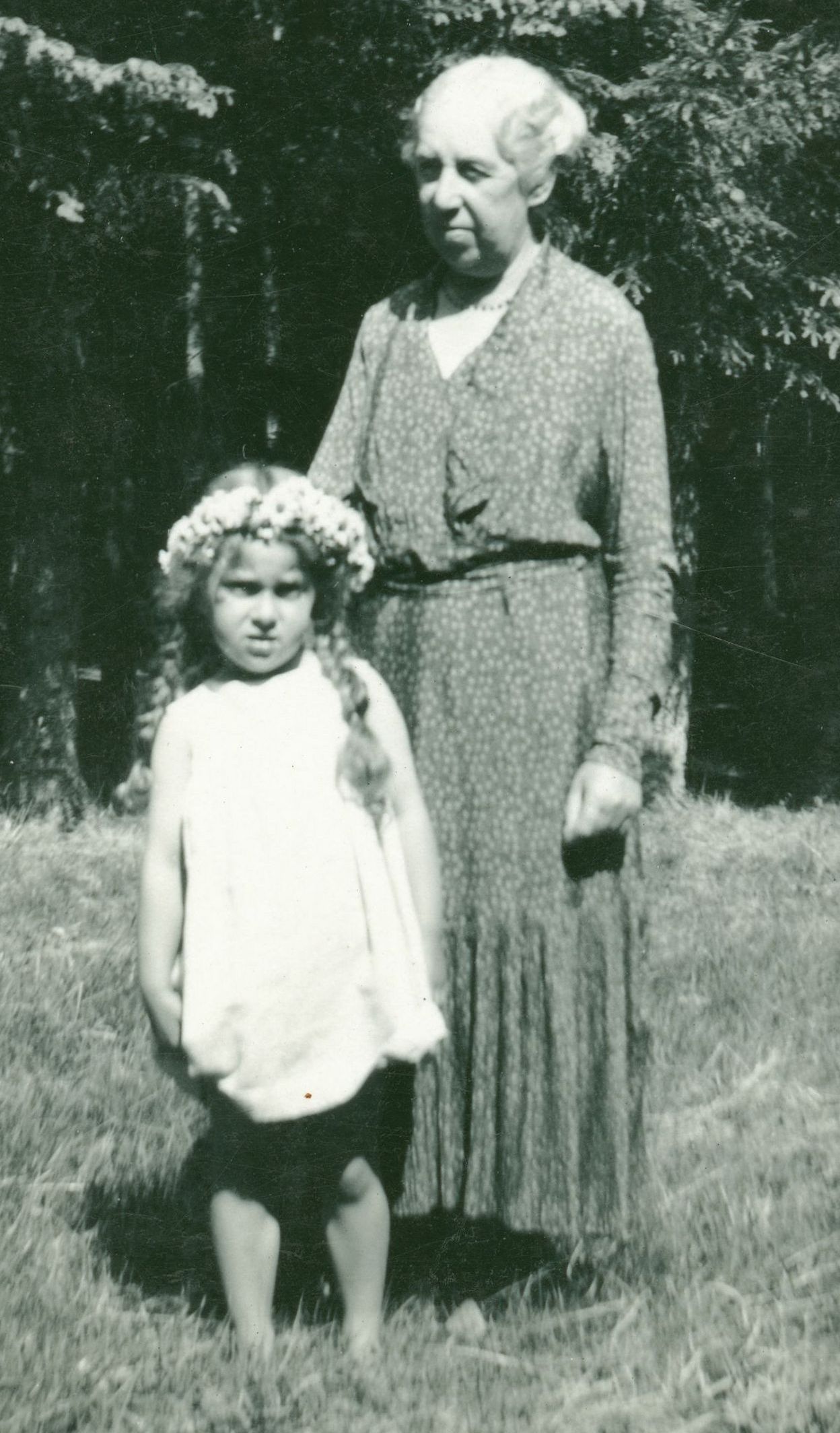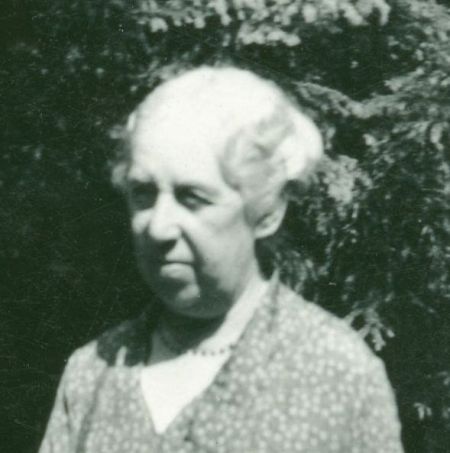Residencies
Vienna
Memmingen, Schweizerberg 1
Augsburg, Maximilianstraße 44/II
Augsburg, Frölichstr. 6/III
Augsburg, Philippine-Welser-Straße 17
Last voluntary residence
Places of persecution
Deportation
from Munich-Milbertshofen
to Theresienstadt
on 5 August 1942
Ida Bingen
Ida Bingen, née Gerstle, was born on October 19, 1876 in Vienna. Her parents were the merchant Heinrich Gerstle and Rosa, née Dick, from Memmingen, Germany. In 1880 they moved to Memmingen; their address was 1 Schweizerberg. There, on November 2, 1896, Ida married the Augsburg banker Julius Bingen (November 13, 1860 – October 25, 1897) and moved to Augsburg with him. Already in the following year, Julius Bingen died, and Ida Bingen had to give birth to her son Julius (born February 19, 1898) as a widow. Julius Bingen jr., almost of equal age as Bertolt Brecht and, from 1910 on, his class-mate, became a member of Brecht’s circle of friends. He joined the army and was killed on April 14th, 1918; his name is listed on the war memorial of the Jewish cemetery on Haunststetter Strasse in Augsburg. There, he is named as student, noncommissioned officer and officer aspirant.

(Photo: Eva Labby, Portland, Oregon/USA)
After her husband’s death, being a banker’s widow, Ida Bingen continued to live at 44 Maximilianstrasse for the time being; in 1904 she is still listed in the address directory as owner of the Bank Julius Bingen. In 1916 the bank is sold to Ernst Seckel, and Ida Bingen lives at 6/III Frölichstrasse. She still lives there in 1932. In 1934 she is registered at 17 Philippine Welser-Strasse, in the same house as later her cousin Hedwig Epstein; the building will later be declared as “jews’ house” by the NS authorities, after the tenant protection law for Jews was canceled.
After the beginning of the war, she applies for a visa for Cuba, hoping to be able to enter the USA from there. Yet, on October 23, 1941, the Nazi regime banned any emigration from Germany; it was too late. In July 1942, Ida Bingen and Hedwig Epstein received the order for the transport. On July 20, they posted a farewell letter, which has been preserved. Ida Bingen writes: “I have to and also want to send you my greetings. But I can only repeat, that we are calm and that we intend to be brave.”
On August 5, 1942, both cousins were deported, together with twenty-five other Jewish Augsburg citizens, to the collective point in the Synagogue, and from there by train via Munich to the Theresienstadt ghetto. There, Ida Bingen died, looked after by her cousin, only four weeks later, on September 4, 1942, at the age of 65. As location, the council of elders’ obituary says “building L 124, room 26, as cause of death “pneumonia”. The section “location of burial” was left void.
Michael Friedrichs, translation Michael Bernheim
http://www.alemannia-judaica.de/images/Images%20302/CEM-AUG-GRAVELIST-GERMAN.pdf (aufgerufen am 19.04.2018).
http://www.bundesarchiv.de/gedenkbuch/de842922 (aufgerufen am 19.04.2018).
http://www.hdbg.de/gedenktafeln/content/orte/Augsburg.shtml (aufgerufen am 19.04.2018).
https://www.holocaust.cz/de/datenbank-der-digitalisierten-dokumenten/?searchKeyword=undefined (aufgerufen am 19.04.2018).
https://stadtarchiv.memmingen.de/blaetterkataloge/catalogs/Stadtarchiv/Gedenkheft-Ewige-Namen_2014/pdf/complete.pdf (aufgerufen am 19.04.2018).
https://www.yadvashem.org/research.html (aufgerufen am 19.04.2018).
Werner Frisch/K.W. Obermeier, Brecht in Augsburg. Erinnerungen, Dokumente, Fotos, Berlin: Aufbau, 1997.
Gernot Römer (Hg.), „An meine Gemeinde in der Zerstreuung.“ Die Rundbriefe des Augsburger Rabbiners Ernst Jacob 1941 – 1949 (Material zur Geschichte des Bayerischen Schwaben, Bd. 29), Augsburg: Wißner 2007.
Benigna Schönhagen, „… wie glücklich können wir sein, dass die Kinder in Sicherheit sind.“ Der Weg der Familie Lammfromm aus Augsburg (LEBENSLINIEN. Deutsch‐jüdische Familiengeschichten, Band 4), hrsg. von Benigna Schönhagen für das Jüdische Kulturmu-seum Augsburg‐Schwaben, Augsburg 2011.
